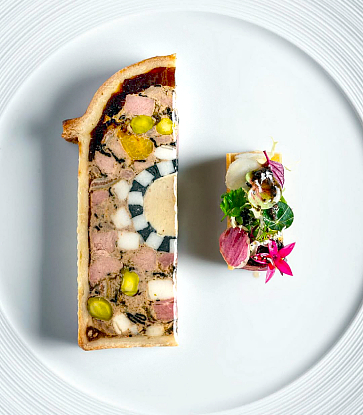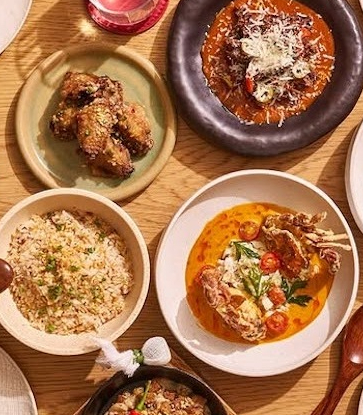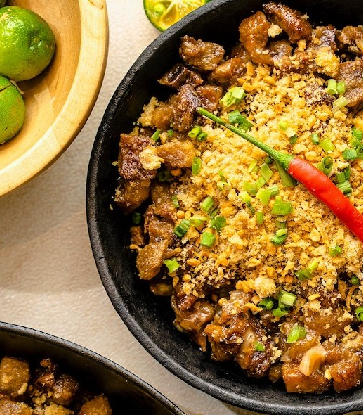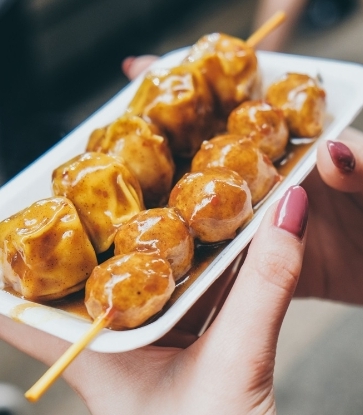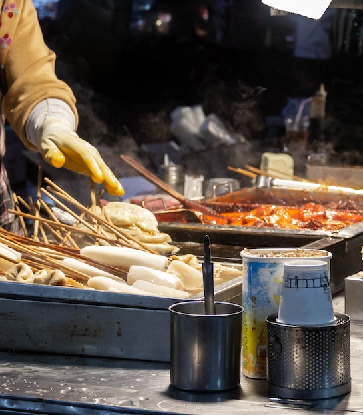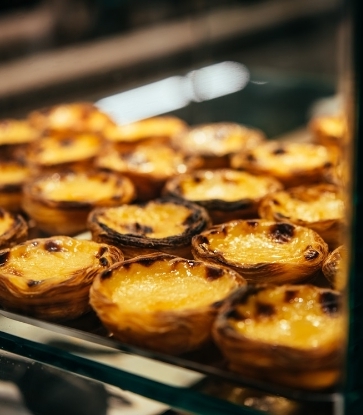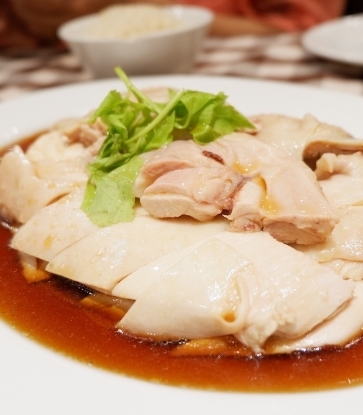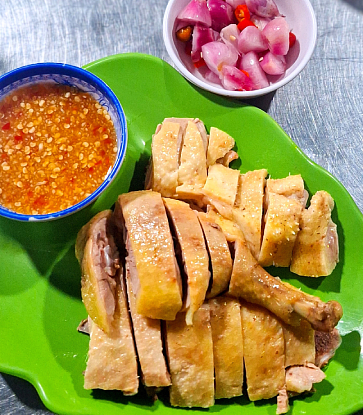The line moves quickly, with one of the stall owner’s daughters, Yvonne Tan, jovially taking the most convoluted of orders in Mandarin and relaying them loudly to her mother and sister cooking inside: “Mixed mutton soup with tripe and tendon, hold the coriander, with a large bowl of rice, takeaway please”.

Chai Chuan Tou’s mutton soup is brewed Teochew-style, lighter than its Hainanese counterpart, herbal and slightly peppery. For $5 to $8, customers pick from a whole range of mutton parts for their soup: prime ribs so tender the meat slides off the bone, springy meatballs, tripe, tendon and even lamb brain. Garnished with a handful of coriander leaves and brimming with meaty umami, the herbal soup is served with rice and a tangy chilli sauce.

When asked why she thinks her soup is so popular, she shrugs and smiles: “Our soup is not expensive. A lot of people come to eat it. Somehow, it suits their taste. They like it very much and keep coming back for more.”
At 1.20pm, Yvonne Tan announces that they’re out of rice, and by 1.30pm, the last bowl of mutton soup has been ladled out, much to the disappointment of more than one would-be customer. Business hours are short and brisk, but few see the hard work behind perfecting a traditional dish.

Hunched over a large vat of bubbling soup, the elderly hawker cuts a diminutive figure. “I’m getting old and I can’t stand as long as I used to. When I was young, I could work from dawn to dusk, now I can’t anymore.”
She seems pleased that her daughters have taken an interest in the business. “If they want to learn, I will teach them. I wouldn’t be able to do this without them.”



